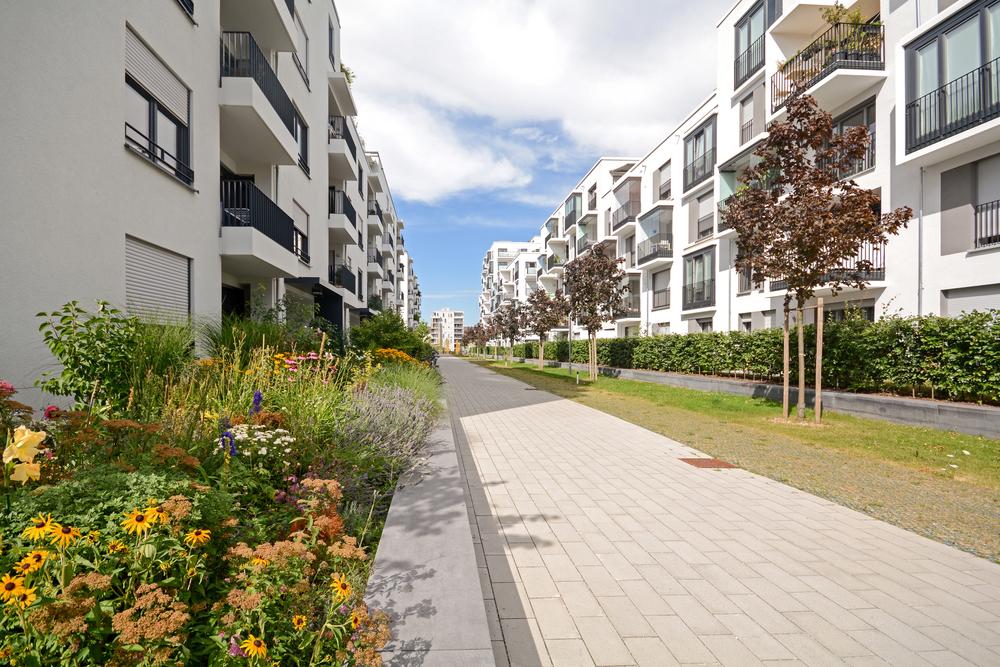Real Estate Resilience: Navigating Market Flux and Cooling Measures

As the global economic landscape oscillates with unprecedented dynamism, the real estate sector remains a focus of robust scrutiny and strategic adaptation. In the face of cooling measures and economic headwinds, stakeholders in this domain are recalibrating their approaches to maintain buoyancy and capitalize on emerging opportunities.
The Arcady in Boon Keng strategically situated in District 12’s vibrant heart.
Market Dynamics and Strategic Adaptation
The introduction of cooling measures has traditionally been a regulatory response to overheating in the property market. These policies are designed to temper speculative buying, stabilize prices, and ensure long-term market health. However, they also pose immediate challenges to investors, developers, and prospective homeowners. Amidst these measures, discerning market participants are identifying trends and leveraging them for sustained growth.
Investment Prudence and Value Assessment
In an environment of tightened credit and increased stamp duties, investment prudence has never been more paramount. The astute investor now looks beyond mere location and price. The intrinsic value, potential for appreciation, and alignment with long-term market trends form the triad of investment wisdom.
Consumer Sentiment and Market Accessibility
Consumer sentiment, a key driver of market vitality, now reflects a heightened sense of caution. Aspiring homeowners are weighing the implications of cooling measures, such as the Total Debt Servicing Ratio (TDSR), on their purchasing power. The quest for market accessibility has led to innovative financing methods and a surge in demand for affordability and value.
Global Economic Turbulence: A Double-Edged Sword
Global economic turmoil presents a double-edged sword for the real estate sector. On one flank, it fuels uncertainty and risk aversion. On the opposite edge, it creates pockets of opportunity for those with the foresight to hedge and diversify. Currency fluctuations, for instance, can alter the investment landscape, presenting lucrative prospects for the internationally-minded investor.
Technology and Real Estate: A Symbiotic Evolution
The digital transformation has ushered in a new epoch for real estate. Virtual tours, data analytics, and blockchain-based transactions are not mere buzzwords but are rapidly becoming industry staples. These technologies enhance transparency, efficiency, and security, propelling the sector towards a future of innovation-driven growth.
Sustainable Development: The New Investment Imperative
Sustainability is no longer an optional ethos but a critical investment imperative. Eco-friendly construction, energy-efficient designs, and green certifications are commanding premium valuations. Investors and developers who embrace sustainability are positioning themselves as vanguards of a responsible and lucrative future.
Conclusion: Resilience through Innovation and Adaptation
The real estate market, in its response to cooling measures and global economic shifts, is a testament to the resilience of innovation and strategic adaptation. By harnessing key market insights, embracing technological advancements, and committing to sustainable practices, stakeholders can navigate the currents of change and emerge with robust prospects for growth and success.
Trackbacks & Pingbacks
[…] Read more: Real Estate Resilience: Navigating Market Flux and Cooling Measures […]
Comments are closed.